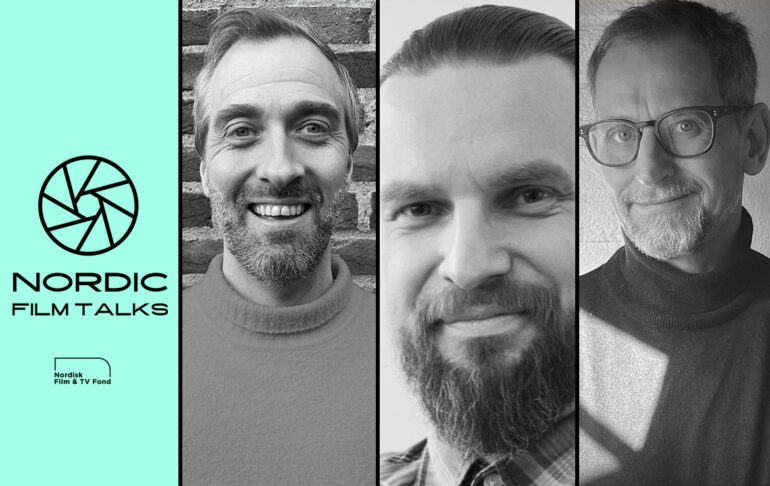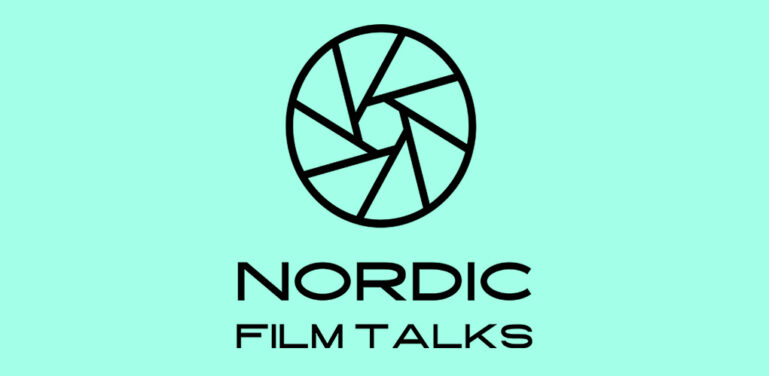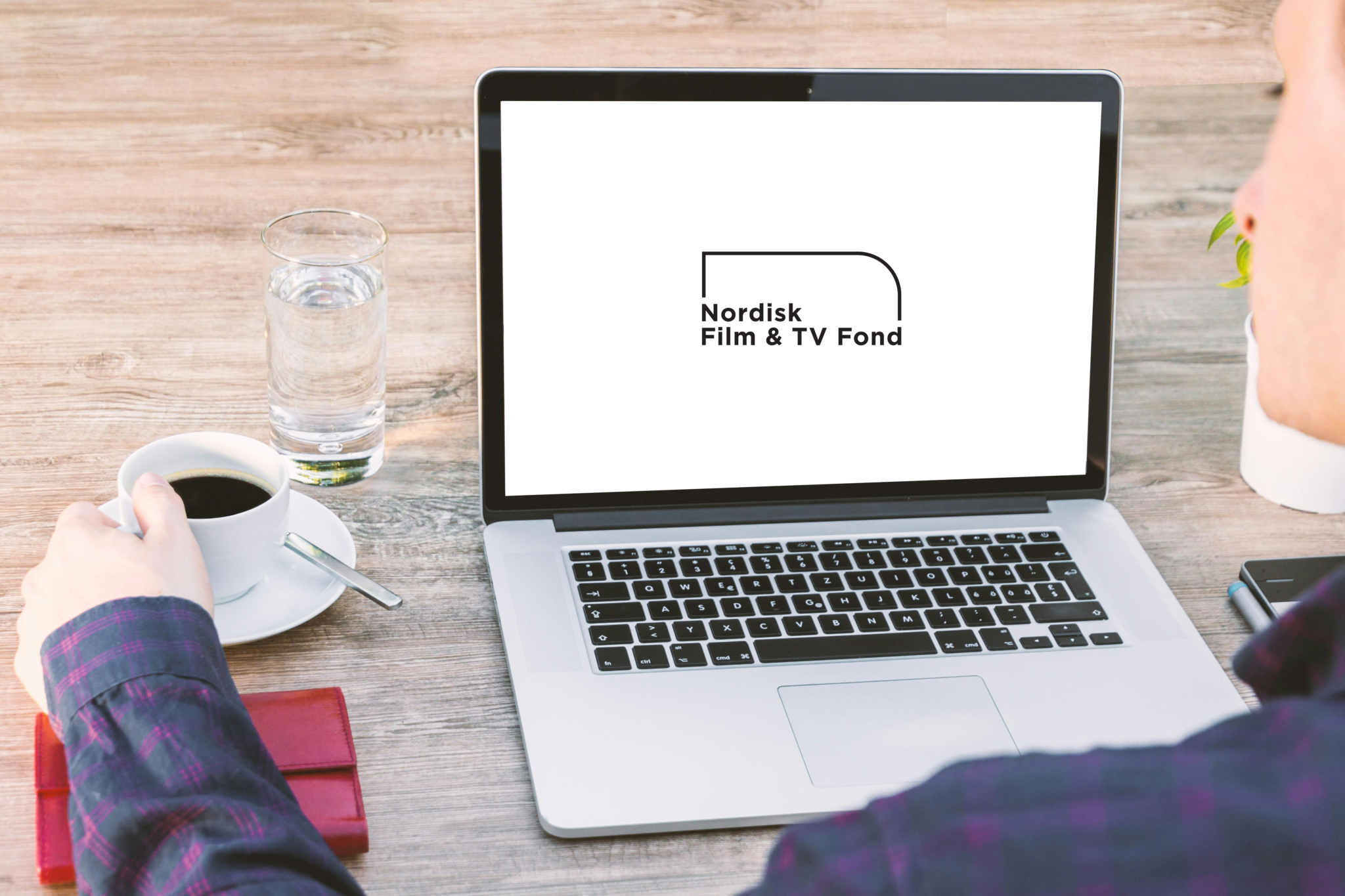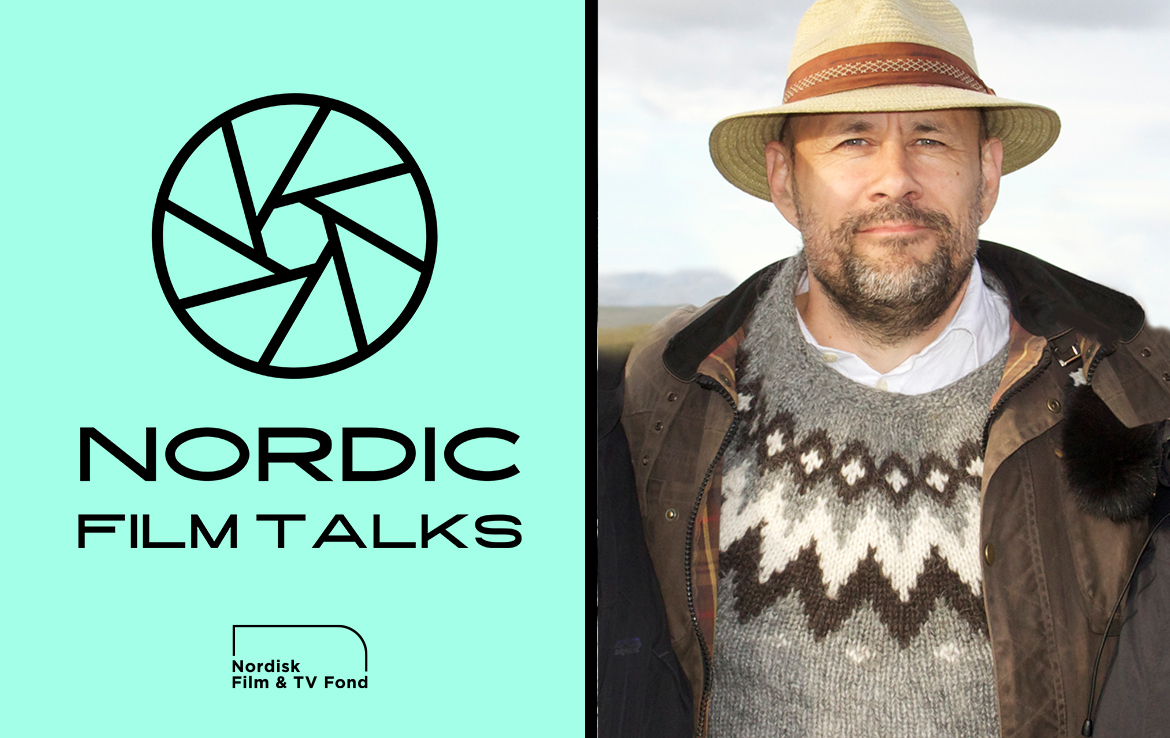
WRITTEN BY: Wendy Mitchell
In this animation special we dive into the current Nordic animation scene in discussions with the talents behind Fleak and Captain Sabertooth, that both opened at Annecy International in June.
Rasmus A. Sivertsen has seen many changes in Qvisten Animation’s three-decade history. “The animation industry in general has grown a lot the last 30 years, and we've grown with it,” he says. “When I finished school, animation was a foreign word for a lot of people, we had to explain what it was. And now it’s one of the biggest techniques and genres in film.”
Norway’s Qvisten has now grown to 80 employees, and was able to lead the production of its new film Captain Sabertooth and the Countess of Grel (Kaptein Sabeltann og Grevinnen av Gral) without co-producers. “We find it more efficient to do a film like this in-house… You can actually save money doing that,” he says. The project took about seven years of work – nearly four years of pitching and financing and then more than two and a half years in production.
In this episode of Nordic Film Talks, we talk to creatives including Sivertsen who are behind the two Nordic animated feature films that recently screened at this month’s Annecy International Animation Film Festival: Captain Sabertooth and the Countess of Grel and Fleak.
Both films are poised for global success, with international sales handled by Sola Media (Captain Sabertooth) and All Rights Entertainment (Fleak). Impossible Dream Entertainment/The Fithian Group’s Attend will launch Fleak in North America in 2026; CosmoBlue has acquired North American rights to Captain Sabeltooth. Both films have closed numerous deals across Europe and the restof the world, too.
Finland’s Anima Vitae, founded in 2000, and Qvisten, founded in 1994, show the longevity, perseverance and adaptability of Nordic animation – Anima Vitae’s films have included the Niko trio of films about the famous reindeer as well as Sky’s Moominvalley TV series. Qvisten has worked on hits such as Louis & Luca (Solan og Ludvig), Cattle Hill (Kutoppen) og Just Super (Helt super).
Nordisk Film & TV Fond (NFTVF) which in 2025 is celebrating the theme of Animation Collaboration, was one of the funders of Fleak.
Danish filmmaker Jens Møller, one of the directors of Fleak for Anima Vitae, reveals that the inspiration for their titular character from another dimension was from producer Antti Haikala. “Fleak started as a creature from another dimension that Antti would tell his kids about when they were small. This creature would be sort of coming to help them in difficult situations or calming down situations, even bedtime stories and stuff like that.”
Fleak, co-produced by Poland’s Animoon and France’s Godo Films, follows 11-year-old Thomas, who meets this tiny mischievous creature who introduces him to a surreal parallel world.
The character of Fleak evolved a lot over the 10+ years of planning and creating the film. Another of the film’s directors, Anima Vitae’s Mikko Pitkänen, says that at some point Fleak was more spider-like before he evolved into a more cuddly, round pink creature.
Fleak has its serious moments, as Thomas recovers from an accident that takes away his ability to walk. And there are moments when a household cat turns menacing. Møller is confident young audiences can handle those moments of darkness. “Kids can take quite a lot more than we think – they have a more imaginative way of approaching things. If a boy like Thomas loses his ability to walk, they just see it, that’s how it is now. Also, kids go with the flow of the action and just see the adventure more. But if you’re a four or five your old kid and there’s a monster eating a bus stop, they get a little scared, even if that’s part of the thrill. So finding the balance is important…I personally loved darker stories as a kid.”
As Fleak starts its worldwide journey, Pitkänen is very proud of the Finnish elements of the story. He says, “What I try to bring into the films that we have is the Finnish point of view. The Niko films are set in Lapland, for example, with its amazing nature. Fleak has a Finnish summer feeling we tried to create…like when Thomas takes a shortcut through a pine forest.”
Sivertsen of Oslo-based Qvisten also knows about bringing Nordic elements to a global audience. “We base a lot of our films on Norwegian and Scandinavian IPs. What we learned is that you can make the film about the animals in Huckybucky Forest and you can have 450,000 Norwegians go and see it in the cinema because they love the concept. But abroad, nobody understands this thing at all. That’s been a challenge for us.”
He say the pirate concept of Captain Sabertooth helped it to travel well – the first film was seen in more than 160 territories starting in 2019. Why do we all love pirates so much? “The freedom of going with the ship or the sea and just do whatever you want. You can rob people, you can have a party. It’s a fun, very freeing world,” says Sivertsen, who worked alongside co-directors and screenwriters Yaprak Morali and Are Austnes.
In the full podcast episode, these animation experts also talk about the impact of Flow (Straume)’s success; the growth of animation for adults; and about the working processes of projects, some of which can be created over a decade.
Listen to the podcast here:
All Nordic Film Talks episodes are available on NFTVF’s website on the Industry Insights section (CLICK HERE), and are distributed through major podcast platforms including Spotify, Apple Podcasts, iHeartRadio, Amazon, Castbox, Deezer, Podcast Addict, Podchaser and JioSaavn.



